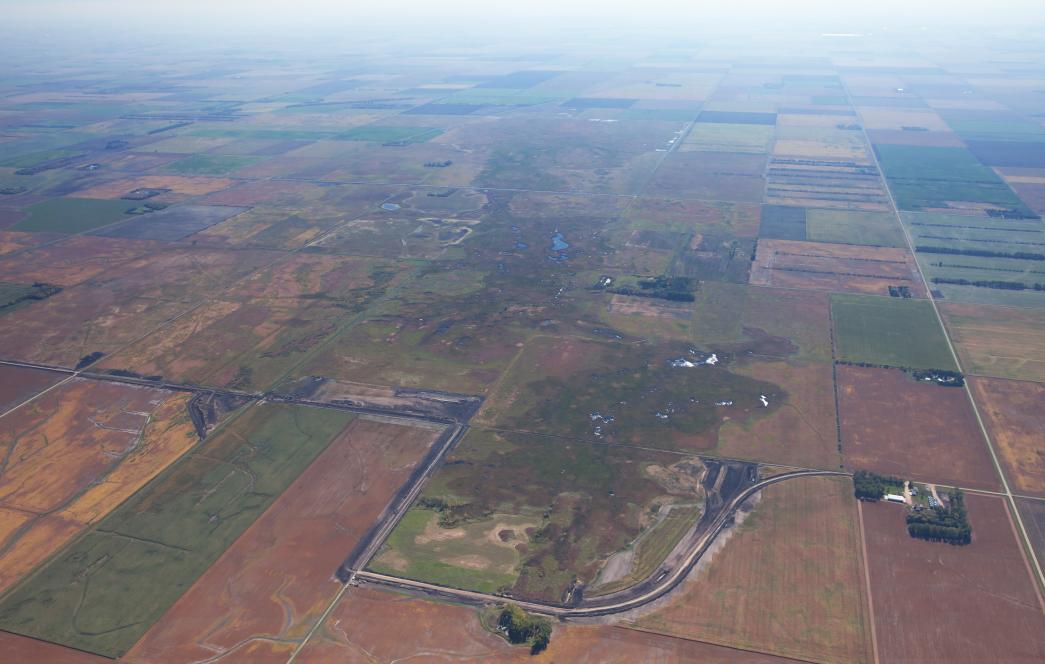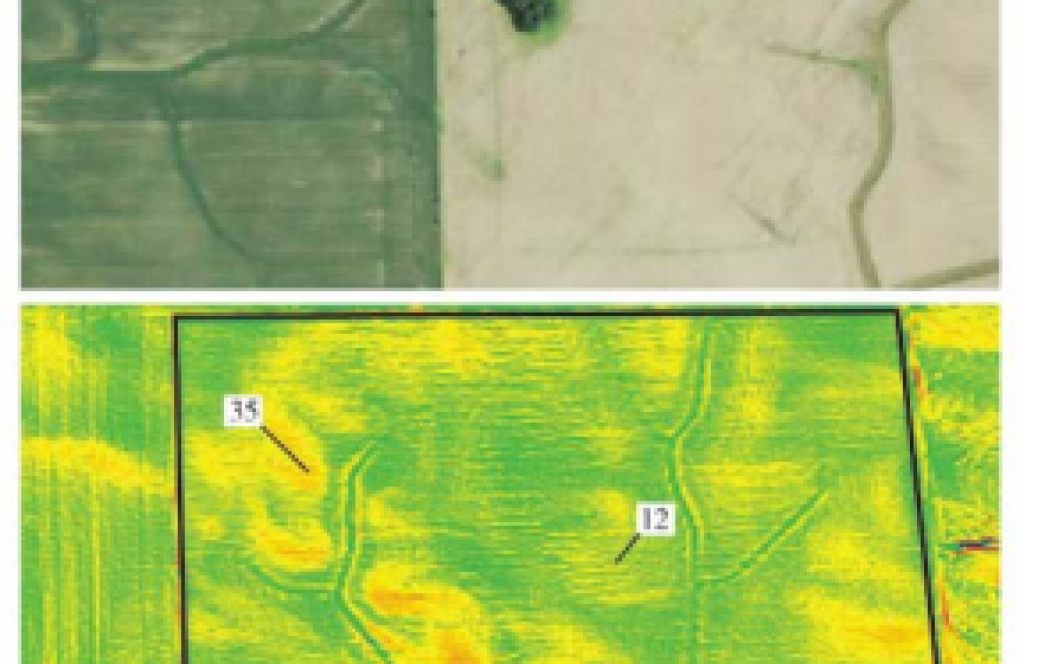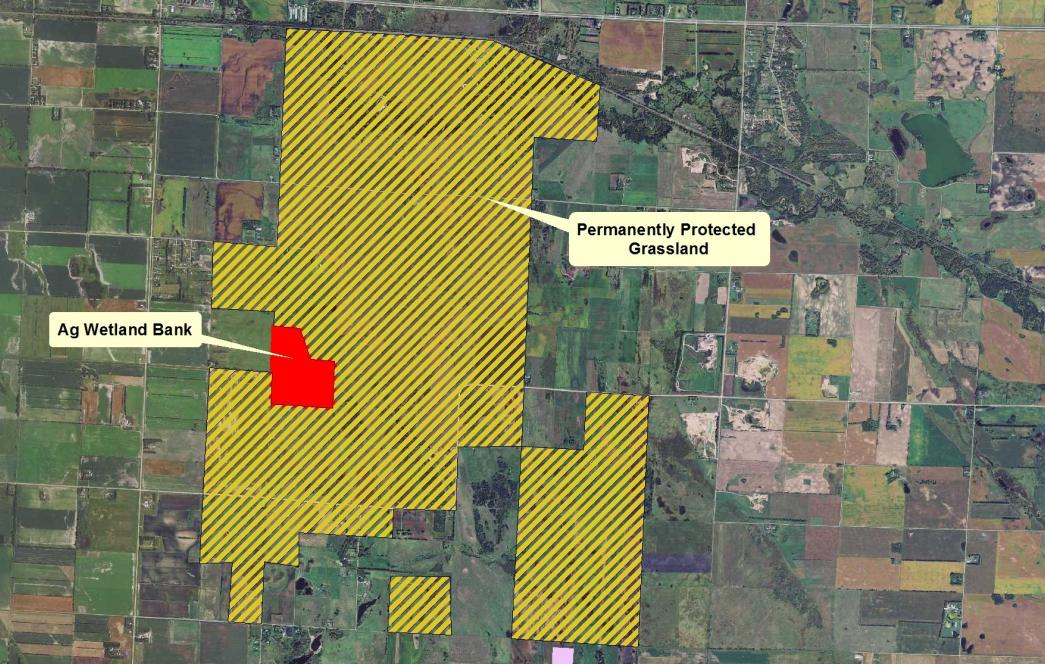Redwood County buffer a legacy in the making
For the Jensen sisters, conservation is part of their family farming tradition. Their parents believed strongly in being good stewards of the land, and that legacy lives on in their daughters. The Jensen farm has used buffers to slow erosion and benefit water quality through the Reinvest in Minnesota (RIM) Reserve Buffer Program, which provides critical support in advancing the state’s goals to protect and improve water quality, protect and enhance wildlife habitat, and reduce flooding.

Restoration Complete: Checking in on Manston Slough
Wilkin County’s Manston Slough was once a lush, 2,500 acre shallow wetland complex, home to waterfowl and aquatic species. That all began to change in the late 1800s with construction of State Ditch 15, which began to drain the area. After ditch construction was completed, over 75% of the historic wetland basin was converted to cropland and remained that way through the 20th century.

A new way to predict and track soil erosion
Healthy soil is foundational to life as we know it, so keeping soil healthy, and keeping it on the land, are important priorities. One of the greatest threats to our soil is erosion, which happens across all kinds of landscapes, and can be moved by a variety of methods including water, wind and human activity. The Measuring Conservation Outcomes project, funded by the LCCMR and managed by BWSR, developed a new soil erosion model that produces estimates of soil erosion across Minnesota’s agricultural landscape.

Wetland Mitigation: Better Targeting for Improved Outcomes
The debate over the value of wetlands, and their resulting drainage, has been a significant water issue since Minnesota gained statehood in 1858. Today, most wetlands are afforded some level of protection under State or Federal law. Those laws recognize that there are some instances where unavoidable wetland impacts occur, and make sure that when this happens the wetland losses are replaced by the establishment of other wetland areas of at least equal public value (aka “mitigation”). On paper it sounds relatively easy, but the reality is that e successful restoration and creation of wetlands is very difficult.
